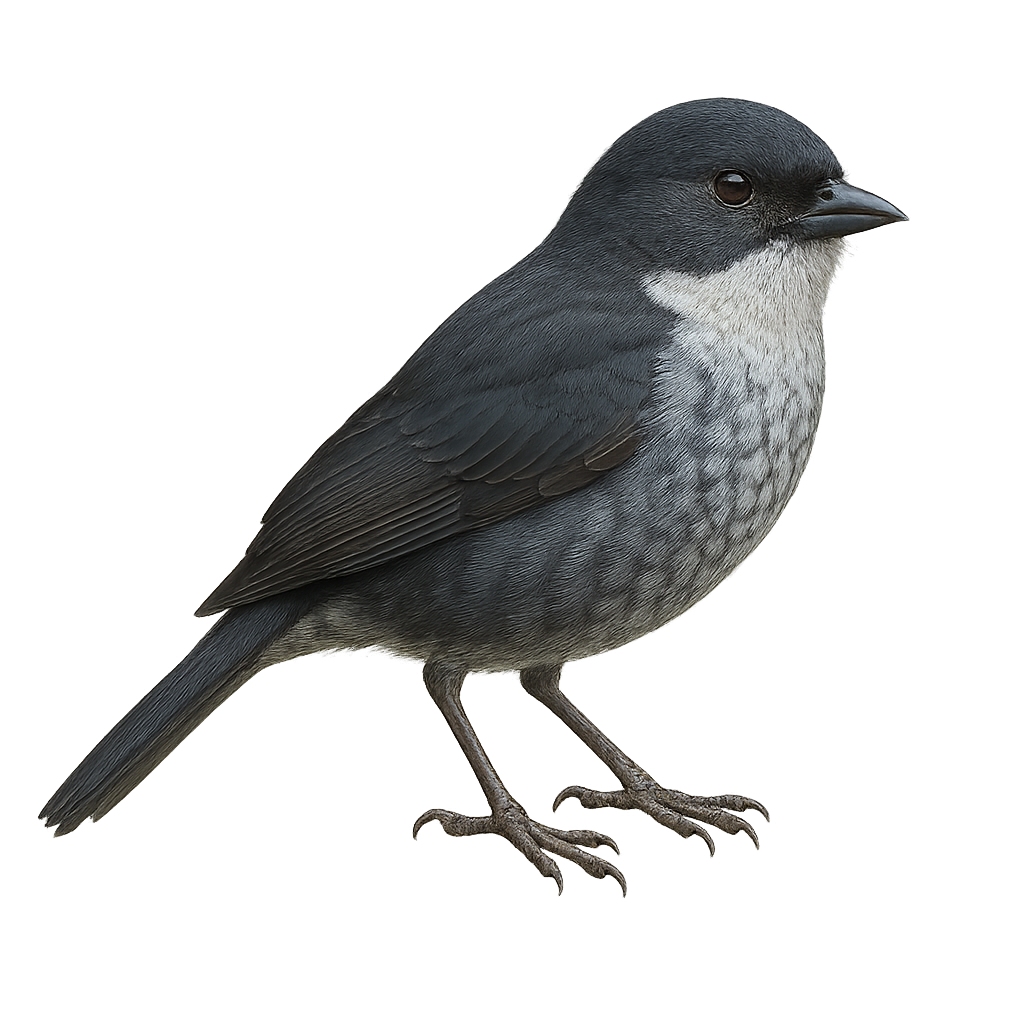Your wildlife photography guide.
Explore the stolzmann's tanager in detail, study its behavior, prepare your shots.
Where to observe and photograph the stolzmann's tanager in the wild
Learn where and when to spot the stolzmann's tanager in the wild, how to identify the species based on distinctive features, and what natural environments it inhabits. The WildlifePhotographer app offers tailored photography tips that reflect the stolzmann's tanager’s behavior, helping you capture better wildlife images. Explore the full species profile for key information including description, habitat, active periods, and approach techniques.
Stolzmann's Tanager
Scientific name: Urothraupis stolzmanni

IUCN Status: Least Concern
Family: THRAUPIDAE
Group: Birds
Sensitivity to human approach: Suspicious
Minimum approach distance: 10 m
Courtship display: October to December
Incubation: 13-15 jours
Hatchings: October to January
Habitat:
Cloud forests, high-altitude shrublands
Activity period :
Primarily active during the day, with peak activity in the morning and late afternoon.
Identification and description:
The Stolzmann's Tanager is a medium-sized bird, measuring about 15 cm in length. It features predominantly black plumage with bluish sheen and a distinctive white cap. This bird is endemic to the Andes, mainly in Colombia and Ecuador, where it inhabits cloud forests and high-altitude shrublands. It is often seen in small groups, feeding on insects and fruits. Although its habitat is relatively restricted, it is not considered threatened. However, deforestation poses a potential threat to its populations. The Stolzmann's Tanager is an active and vocal bird, often detected by its melodious song and distinctive calls.
Recommended lens:
400 mm – adjust based on distance, desired framing (portrait or habitat), and approach conditions.
Photography tips:
To photograph the Stolzmann's Tanager, choose sunny mornings when the bird is most active. Use a 400mm lens or longer to capture precise details of its plumage. Be patient and discreet, as this bird can be suspicious. Plan to position yourself about 10 m away to avoid disturbing it. Cloud forests provide ideal diffuse lighting for quality shots. Consider using a tripod to stabilize your camera and achieve sharp images.
The WildlifePhotographer App is coming soon!
Be the first to explore the best nature spots, track rutting seasons, log your observations, and observe more wildlife.
Already 1 431 wildlife lovers subscribed worldwide

